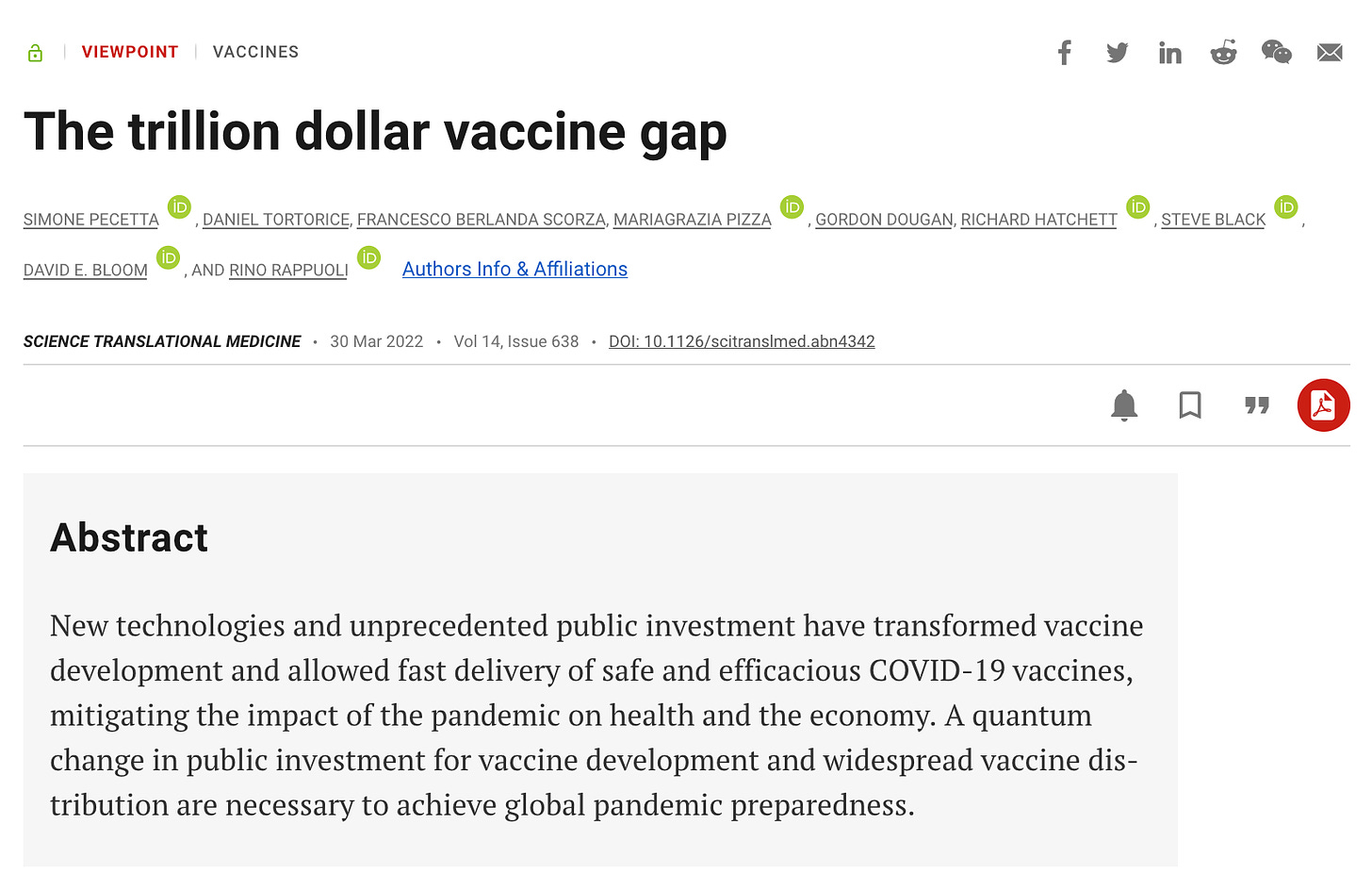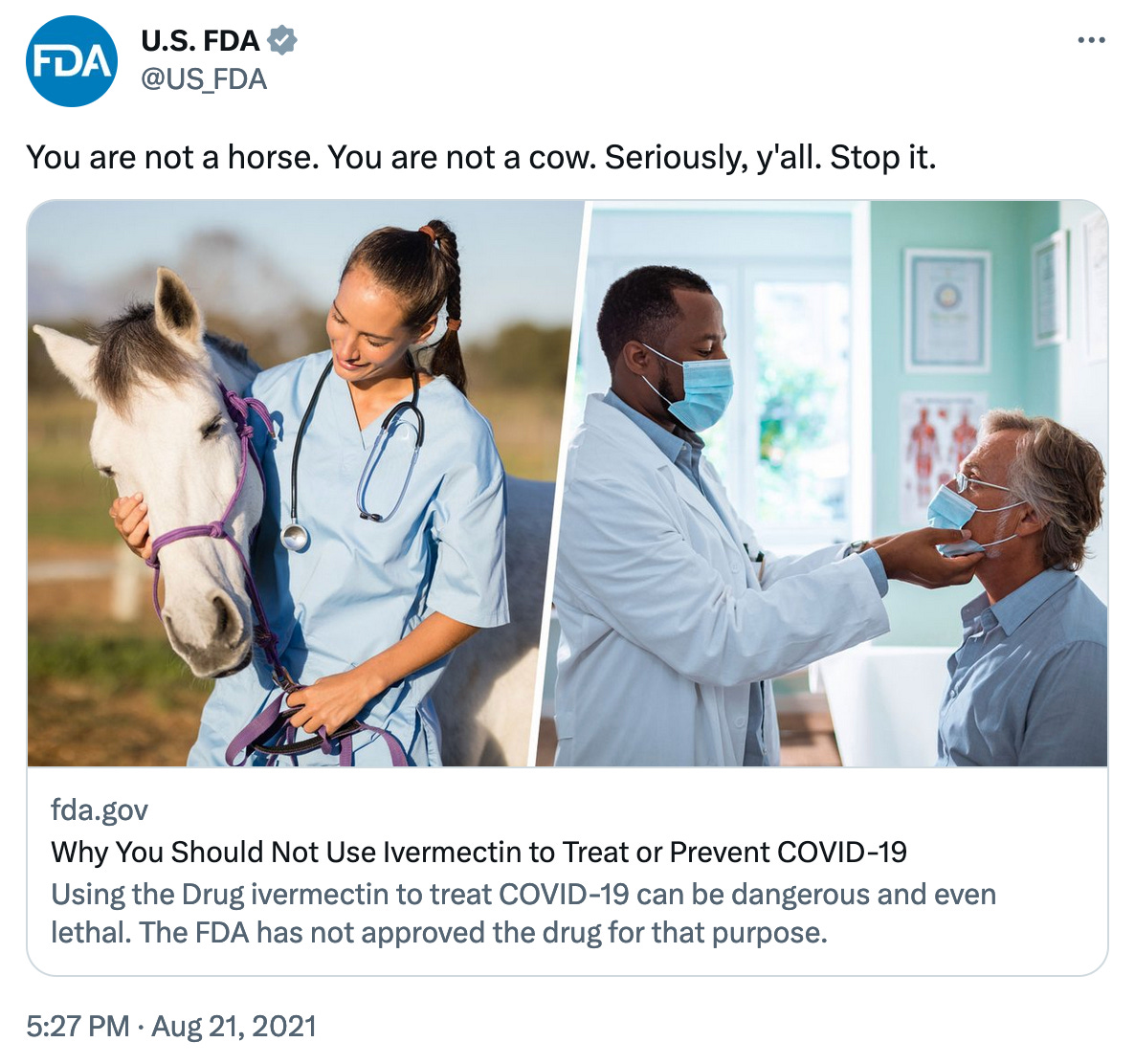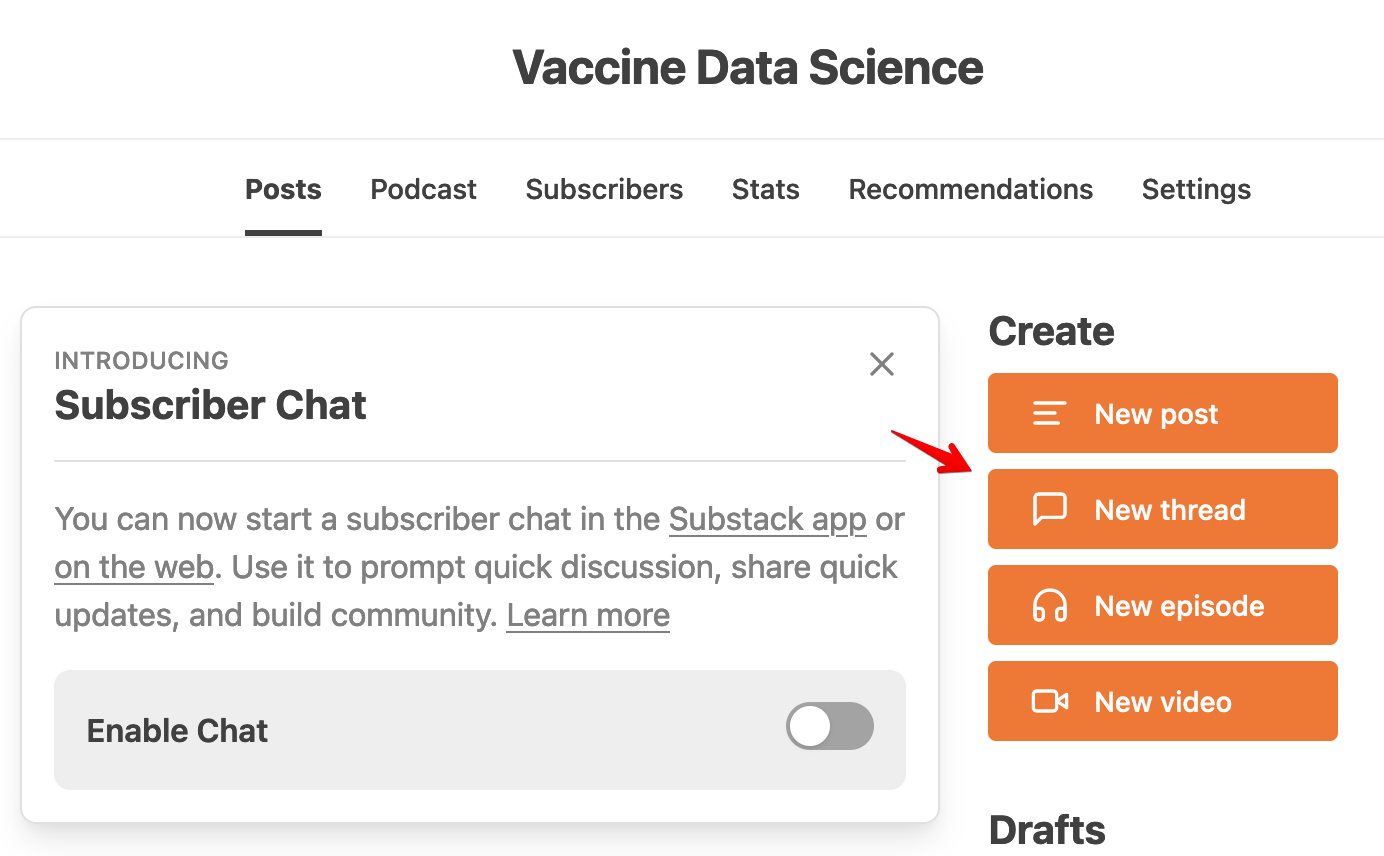People who look at the mRNA grift might ask “How did so many smart people blindly trust Big Pharma even though they paid such heavy fines for false marketing in the past?”
Pfizer, the world's largest drugs company, has been hit with the biggest criminal fine in US history as part of a $2.3bn settlement with federal prosecutors for mispromoting medicines and for paying kickbacks to compliant doctors.
Personally, I don’t think the smart folks blindly trusted Big Pharma.
But they did trust their information sources and their ability to search for dissenting viewpoints, and did not expect to be blindsided by an invisible force.
The invisible force I am talking about is obviously Big Tech’s censorship of many important COVID19 discussions.
Have you heard of this story?
A wealthy merchant from the east passed away. In his will, the man stated equally division of his wealth to three sons but his most treasured camels were divided in rather challenging way.
According to the will the eldest son was to be given half of the camels, the middle son was to be given one third of the camels, and the youngest son was to be given one ninth of the camels. The merchant had seventeen cattle. As it was not possible to divide 17 camels into half, one third or even into one ninth. The three son started fighting with each other for their fair share of the camels.
Since the sons were not able distribute the camel among them, they went to a wise man for advice. The wise man patiently listened about the sons’ dilemma. After carefully understanding the situation the wise man brought one of his camels and added to the the seventeen camels of the merchant. That increased the total to eighteen (18) camels.
Now, he started reading the deceased father’s will and divided the camels. Half of eighteen is nine. So he gave the eldest son nine camels. One third of the eighteen is six, so he gave the middle son six camels. The youngest son got one ninth of the eighteen camels, so he gave him two camels.
After giving nine, six and two camels to the sons, he successfully distributed seventeen camels. The wise man took back his camel.
The story is actually about negotiation, but I think it is also a good example of asking “What if we are missing something?” and using the new information to understand the problem.
In case you have not read it before, please read my previous article on how bad Big Tech censorship became (this was written right around the time Elon Musk bought Twitter and brought a little bit of sanity back into the scientific discourse)
Recently, journalist Matt Taibbi exposed how pre-Elon Twitter as well as the other Big Tech companies were censoring “stories of true vaccine side effects”.


If you actually add this 18th camel of Big Tech censorship into the discussion, a few other things will become easier to notice and believe.
If you think there was no heavy-handed censorship, you will probably not believe the rest of this article.
1 The goal of the mRNA push was to get the new type of vaccine technology into use, and the pandemic as well as the associated panic provided an unprecedented opportunity for this. In case you have not noticed, Pfizer has already crossed sales figures of $100B for just the vaccine. But the actual mRNA vaccine “industry” is projected to be over a trillion dollars.
(And don’t forget to look at the competing interests at the bottom of the article!)
Competing interests:
S.P., M.P., F.B.S., and R.R. are full-time employees of the GSK group of companies. D.T. consults for GSK, Merck, and Pfizer. S.B. consults for GSK, CEPI, the FDA Best Project, and the European VAC4EU project. D.E.B. reports consultancy fees or research funding from Merck, Pfizer, GSK, Sanofi, and Moderna.
I was already getting suspicious about the whole thing in Aug 2021 (after noticing how the WHO tried to stop people from using Ivermectin worldwide).

2 The vaccines could not get EUA if there were other off-label drugs which could potentially be used as therapeutics. This led to insane propaganda, where the Pharma companies were getting the FDA to send out tweets like this:
3 You might have noticed that the FDA and CDC recently went completely deaf to all criticism until the mRNA vaccine got added into the childhood immunization schedule.
This helped the vaccine manufacturers in two ways -
it prevents the vaccine manufacturers from paying for vaccine injuries (they cannot be sued for vaccine injuries once a vaccine goes into the childhood immunization schedule)
the mRNA vaccine could soon be mandated for children, ensuring perpetual revenue for the vaccine manufacturers
What next?
In the short run, I don’t actually have any answers or solutions to stop this juggernaut. As you can see, a lot of decision makers fell for the grift, and now their ego is heavily invested in protecting the racket.
But there are some constructive things we can do in the longer run.
We should figure out how to decouple from Big Tech, which will be the focus of a future article. I actually do know something about this topic as I had been thinking about it for a few years even before the pandemic started - precisely because I noticed the insane group-think in the Big Tech ecosystem, and already felt that they cannot be trusted during a crisis.
We should bring vaccine data analysis to the forefront. The reason the vaccine promoters are so desperate to bad mouth VAERS data analysis (for example referring to it as “dumpster diving”) is because they know detailed data analysis could potentially end the blind cult-like faith in vaccines. This is easy to do - just start reading and then sharing articles from people who write about vaccine data analysis. Here are at least three good sources that I know of - VAERS Analysis, Jessica Rose and VAERSAware.
People who have a background in medicine or biology should create one or more forums to discuss all the CDC and FDA recommendations for the past two decades. I would be surprised if the data actually matches the recommendations for many medical products which were recently approved. If you are interested but don’t feel you have the skillset for starting a forum, you can get started by creating a new Substack and using the “New Thread” feature (which acts like a discussion forum).






